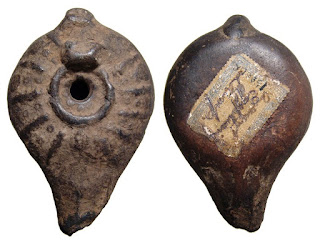A brief history of the Chinese porcelain
One of the greatest contributions of the ancient Chinese to world civilization is their development of porcelain. While there were vessels similar to porcelain during the Shang dynasty, the material only became widely used in the nation during the Eastern Han dynasty. The porcelain industry continued to flourish during the period of the Three Kingdoms and the Tang dynasty. Those who want to have their own porcelain vessel from this time period can take a look at Sadigh Gallery’s wide collection of ancient artifacts.
Chinese porcelain is known for having a delicate and smooth surface that’s almost eggshell-like. Compared to earthenware and stoneware, porcelain production is tedious. Its unique form has made it the most renowned kind of pottery, a popular option for tableware, vessels, and decoration. As the art of drinking became popular during the Tang dynasty, people used porcelain cups and pots to serve their drinks and impress their guests.
From this period, China began to export porcelain to countries in Europe. The boom continued until the Song dynasty saw the growth of kiln and manufacturing sites to accommodate world demand. The smooth and glossy surface combines well with paint, allowing artisans to get creative. Some of the ancient porcelain in Sadigh Gallery’s collection showcase the intricate designs from this point in history.
Porcelain products from ancient China have proven valuable documentation of the culture’s growth and expansion. It is also a testament to the artistic influence of the Chinese that became widespread across cultures and continents.
Sadigh Gallery in New York City specializes in the handling and selling of ancient art, artifacts, and coins from all over the world. The family-owned business handles each interaction with its customers with utmost importance. The gallery has a large customer base that has been supporting the business for 10 to 20 years, considering them as good friends instead of business partners. Visit this website to browse Sadigh Gallery’s latest collections.
 |
| Image source: Wikimedia.org |
 |
Image source: Sadighgallery.com
|
Porcelain products from ancient China have proven valuable documentation of the culture’s growth and expansion. It is also a testament to the artistic influence of the Chinese that became widespread across cultures and continents.
Sadigh Gallery in New York City specializes in the handling and selling of ancient art, artifacts, and coins from all over the world. The family-owned business handles each interaction with its customers with utmost importance. The gallery has a large customer base that has been supporting the business for 10 to 20 years, considering them as good friends instead of business partners. Visit this website to browse Sadigh Gallery’s latest collections.


Comments
Post a Comment